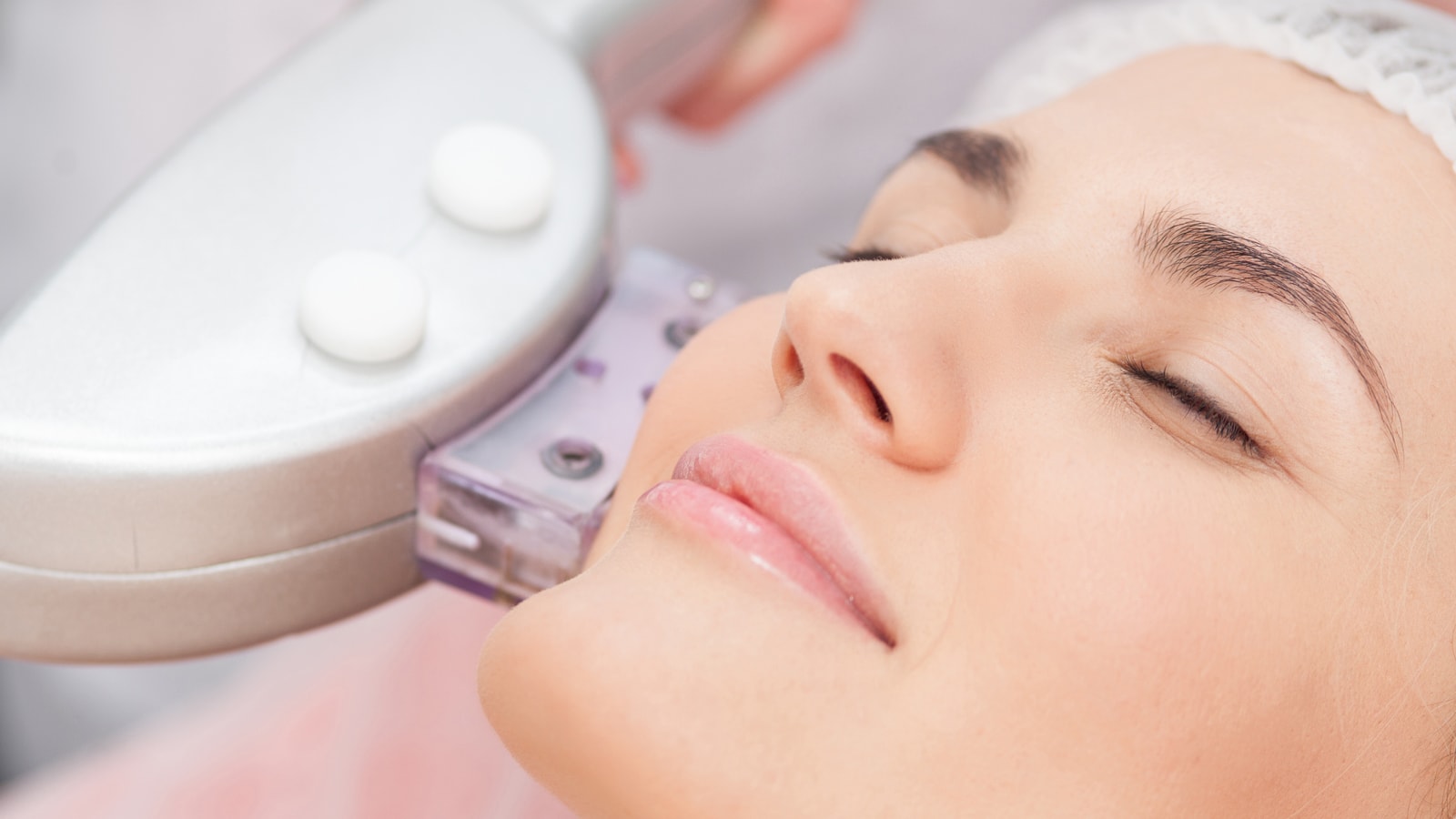

Laser skin resurfacing allows patients to treat fine wrinkles by stimulating the collagen content which improves some of the fine lines. Laser skin resurfacing uses a laser that beams concentrated light to penetrate the skin. In turn, this removes some of the top layers of skin. This treatment is similar to a very strong peel even though it is a different technique. The laser resurfaces the top layer by causing some heat damage that induces collagen formation. This improves skin elasticity and fills-in skin defects like acne, fine lines and other types of scars.
GOOD CANDIDATES for laser skin resurfacing are:
Patients who are NOT GOOD CANDIDATES include:
Laser skin resurfacing is typically performed with local anesthesia as a numbing injection is made at the area being treated. A laser, with a controlled beam of light, is then used to perform the skin resurfacing. The outer layers of skin, in the designated treatment area, are vaporized in order to reveal skin that is smoother and younger looking under the old skin. The removal of the old skin also stimulates the growth of new skin cells.
The treatment can take anywhere from 30 minutes to 2 hours depending on the extent of the treatment. In general, there are three types of lasers used in laser skin resurfacing:
Microneedling, AKA collagen induction therapy, is a minimally invasive skin rejuvenation treatment. A device, using fine needles, makes tiny punctures in the top layer of the skin. In turn, this causes the body to create new collagen and elastin. Microneedling improves the firmness and texture of skin. It also reduces scars and stretch marks.
If a patient is receiving treatment around the eyes and the mouth where fine lines are located, the cause of these lines needs to be considered so a proper treatment plan can be made. If the fine lines start in the muscle group, around the eyes and mouth, Botox might stop that muscle from moving. It is helpful to do laser resurfacing of the fine lines while the muscle is not moving so the lines don’t appear again.
The cost of laser skin resurfacing depends on the type of laser used and whether the laser is ablative or non-ablative. In general, the cost of an ablative laser is $2000-$2500. A non-ablative laser is $800-$1100.
The RECOVERY time for laser skin resurfacing depends on the type of laser used and the size of the area being treated. Ablative lasers may produce enormous improvements but they also require a recovery time of multiple weeks. A non-ablative laser reduces the appearance of some imperfections and only has a recovery time of a few days.
A broad-spectrum sun block should be used to protect the skin. Retin-A, and some skincare products, can help reduce acne and wrinkles. While using Retin-A, patients should make sure the skin is completely protected. Retin-A is reactive to sunlight so it’s important to not get sunburned when going outside. About 3-4 days after starting the Retin-A, patients may experience some itching which is a sign that healing is taking place.
The amount of DOWNTIME also varies per laser type:
Non-ablative lasers only require a few days of rest and downtime.
An ablative laser is a more intense procedure and will require more downtime thanks to redness and swelling of the skin. It takes about two weeks for a new layer of skin to start appearing. Redness, or pink skin, can last for several months.
The skin will look softer and feel tighter immediately after laser skin resurfacing. The results are long lasting and can be seen for several years. Plus, the results from a more aggressive treatment tend to last longer than results from a less invasive laser treatment.
The results can be impacted by how well patients protect their skin from the sun as well as if they perform adequate skin care following the procedure.
Many patients think the treatment will make their face extremely youthful and instantly take 20 years off their age. They also feel it is going to tighten their skin and help them avoid surgery. Laser skin resurfacing will not help patients avoid a facelift since it is not designed to drastically remove signs of aging. The skin problem did not occur overnight and has most likely been building for years. Patients should listen to their physician and follow any recommendations in order to achieve, and maintain, the best results.
Cosmetic Town is the premier online cosmetic surgery news and information resource. We connect patients with the best doctors for cosmetic procedures. Get the answers to all of your questions and find a doctor near you.
Written by Cosmetic Town Editorial Team based on an exclusive interview provided by Dr. Allen Gabriel in Vancouver, WA.